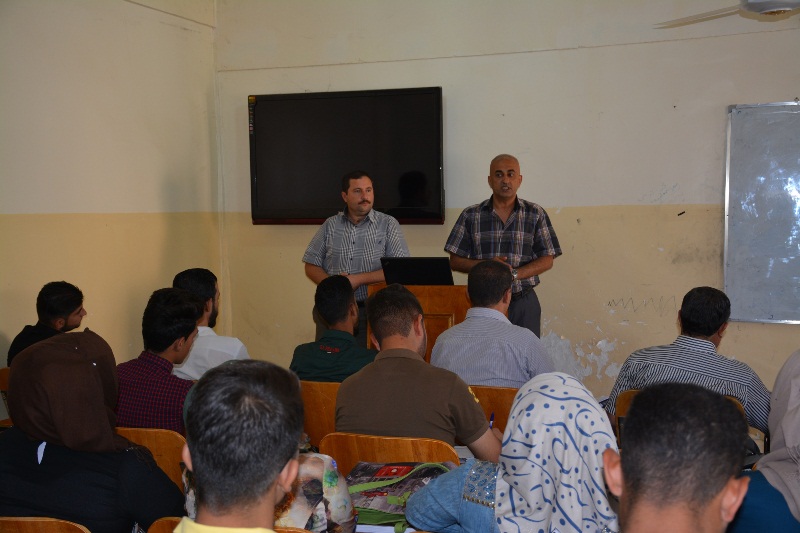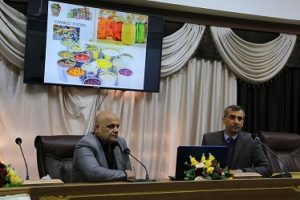The department of computer science at college of education of pure science held a scientific symposium

The department of computer science at college of education of pure science held a scientific symposium entitled “computer viruses” in the main Hall of the conferences and symposium on Tuesday, 25/10/2016. The aim of this symposium was to give the definition of the viruses, its types, the languages that are use to write them, the files that are affected by them, methods of transmission and prevention from them. The symposium included a definition of the computer virus, which is a program that is specially designed to spread from one computer to another to infect your programs and files, deleting files, alter the way your computer operates or stop it from working altogether. Tens of thousands of computer viruses now operate over the internet, and new computer viruses are discovered every day. It has been touched those types of viruses that infect a computer and what is the effect of each of these types of the viruses. As well as the most important languages which are used to write the computer virus like Visual Basic language, C language and the language C ++. It has included the methods of transmission of these viruses and the internet is more a way of transmission of viruses from one device to another, as well as storage media such as flash RAM, disks or e-mails and other. It has reviewed the prevention methods of viruses such as wary of e-mail anonymous, strange letters and do not open them before checking their provenance, use firewall software or using software to detect viruses in the device and keep a copy of the software and files on the computer. The lecturers have recommended that we need to use the anti-virus software and we must periodically update a periodic examination of the computer device using anti-viruses. We should also ensure from the effective and powerful of the anti-virus before using it. As well as we need to ensure from the activation of the firewall software which is exists on the windows system.



